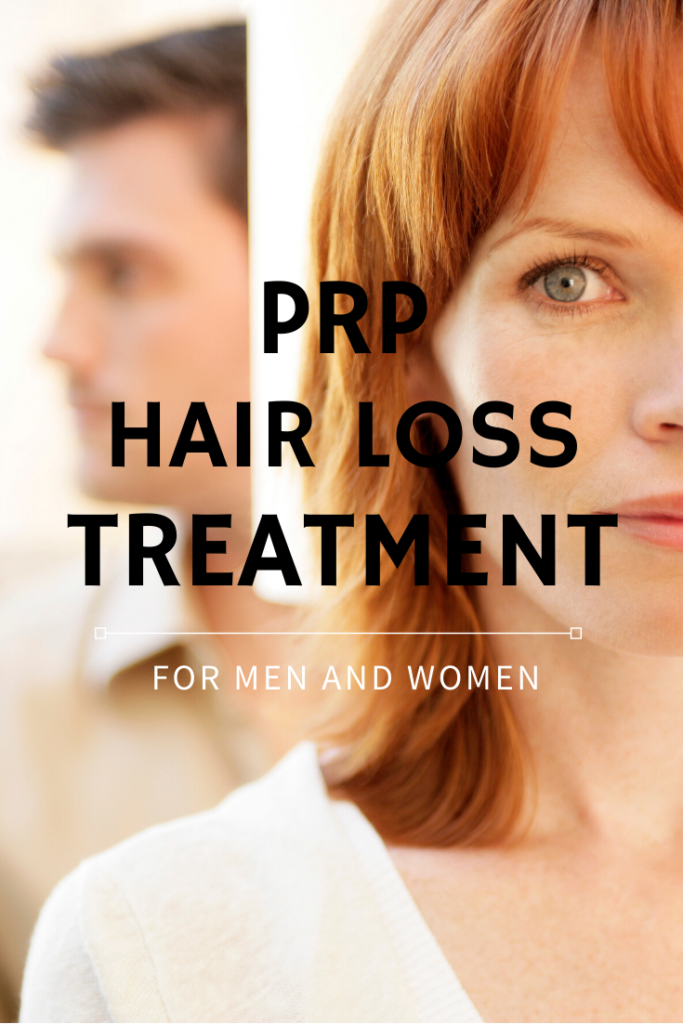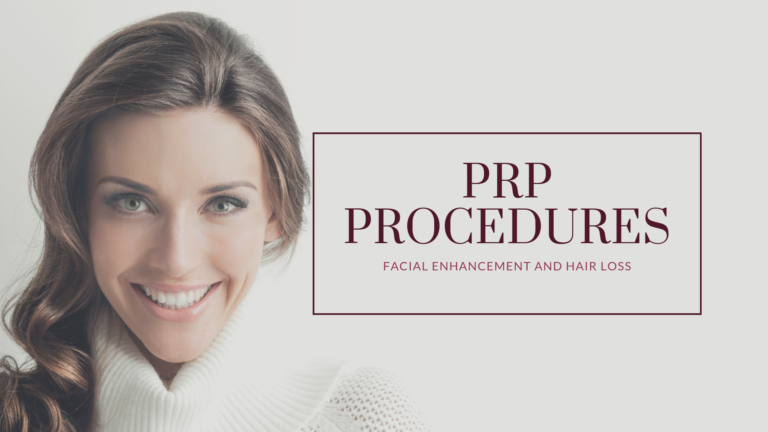The most natural filler derived from your own plasma.
Platelet-rich plasma (PRP), which is sometimes called the “vampire facelift,” is a unique type of filler that uses platelet rich plasma derived from your own blood to diminish the effects of aging by gradually increasing the volume of collagen production. Upon injection, the platelets release growth factors that trigger the cells to accelerate repair, healing and rejuvenation of the skin tissue. PRP has been around for at least a decade and is also used to repair damage to areas like the knees and ankles.
PRP is typically used on skin for its anti-aging benefits. The PRP treatment in Lesprit Medical Clinic include areas such as cheeks, under the cheeks, around the mouth, crow’s-feet or under the eyes, skin depressions, acne scars, and wrinkles and folds.
FACIAL PROCEDURE – THE PROCESS

During the 30-to 45-minute procedure, a small amount of the patient’s blood is drawn, which is then spun in a centrifuge to separate out the platelets that are used to create PRP serum. When injected under problem areas, like cheeks, crow’s-feet or under the eyes, it works to stimulate new cell growth and restore volume.
There’s almost no downtime, although a cold press may be used to ease initial swelling. There are various ways to deliver PRP into the skin. From injecting manually, to use of an automated device to improve injection process ensuring uniform and precise serum distribution, to micro-channeling infusion and derma pen, the procedure results – which are immediate but seen at full capacity after three weeks – have been shown to last beyond a year. No unnatural substances are used, so there is no need for allergy testing, and no serious side effects have been reported.
PRP Hair Loss Treatment

Platelet-rich plasma (PRP) uses platelet rich plasma derived from your own blood to treat the hair loss and is offered as a treatment for hair loss and as an alternative to hair transplants. PRP benefits include no messy creams to apply, nor surgical grafts that need to be transplanted. Platelets, which are injected straight into the bulb of the hair follicle and root, are rich in growth factors and stem cells, which can improve the health of both the hair and scalp. PRP may serve as an intermediate therapy for those who have failed with oral and topical treatments but still want a non-surgical approach to hair restoration.
HOW IT WORKS?
Your dermatologist or plastic surgeon draws your blood and places it in a centrifuge, which separates out the platelets, injecting the serum into the hair follicle (numbed beforehand). Platelets, which are injected straight into the hair follicle and root, are rich in growth factors and stem cells, which can improve the health of both the hair and scalp. PRP may serve as an intermediate therapy for those who have failed with oral and topical treatments but still want a non-surgical approach to hair restoration. Optimum results usually require approximately 3 sessions performed 4 weeks apart. Maintenance treatment will be recommended depending on the severity of your hair loss.
FREQUENTLY ASKED QUESTIONS
Am I a right candidate?
As with any cosmetic procedure, patient selection is very important. A thorough consultation will be performed to avoid treating those patients who have infections, inflammation or other nonviable diagnoses. Androgenic alopecia (AA) is one of the most prevalent concerns affecting many men and women over the age of 40. Both men and women with hair loss that occurred within the past three to four years benefit most from this procedure. If you experience thinning hair and wish to improve the fullness of your hair, you may be a candidate for this hair restoration treatment.
What are the expected results?
Patients response is directly related to the amount of time that the hair has been lost. In patients who have experienced hair loss less than 3 years the results are excellent and many patients notice thickening of their existing hair and a decrease in hair shedding as well an improvement in the hair density.
What are the adverse events and downtime?
The only adverse effects we have seen is local discomfort from the injection and lack of improvement. With our technique of fewer injections, there is essentially no downtime as there is no significant swelling or edema.






